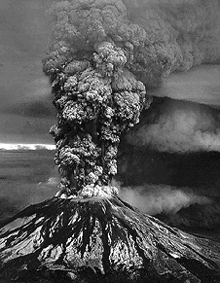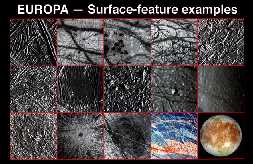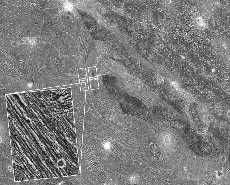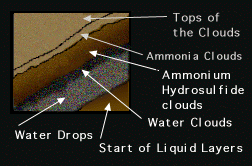This is an image of Mt. St. Helens, in Washington, USA.
Click on image for full size
Image from: USGS, courtesy of Volcano World
Click on image for full size
Image from: USGS, courtesy of Volcano World
Related links:
Do Other Planets have a surface in Motion?
Let's look at the evidence:
What about Jupiter, Saturn, Uranus, Neptune, Titan, or Pluto? These planets or moons either have no surface, or the surface cannot be seen from the Earth.











